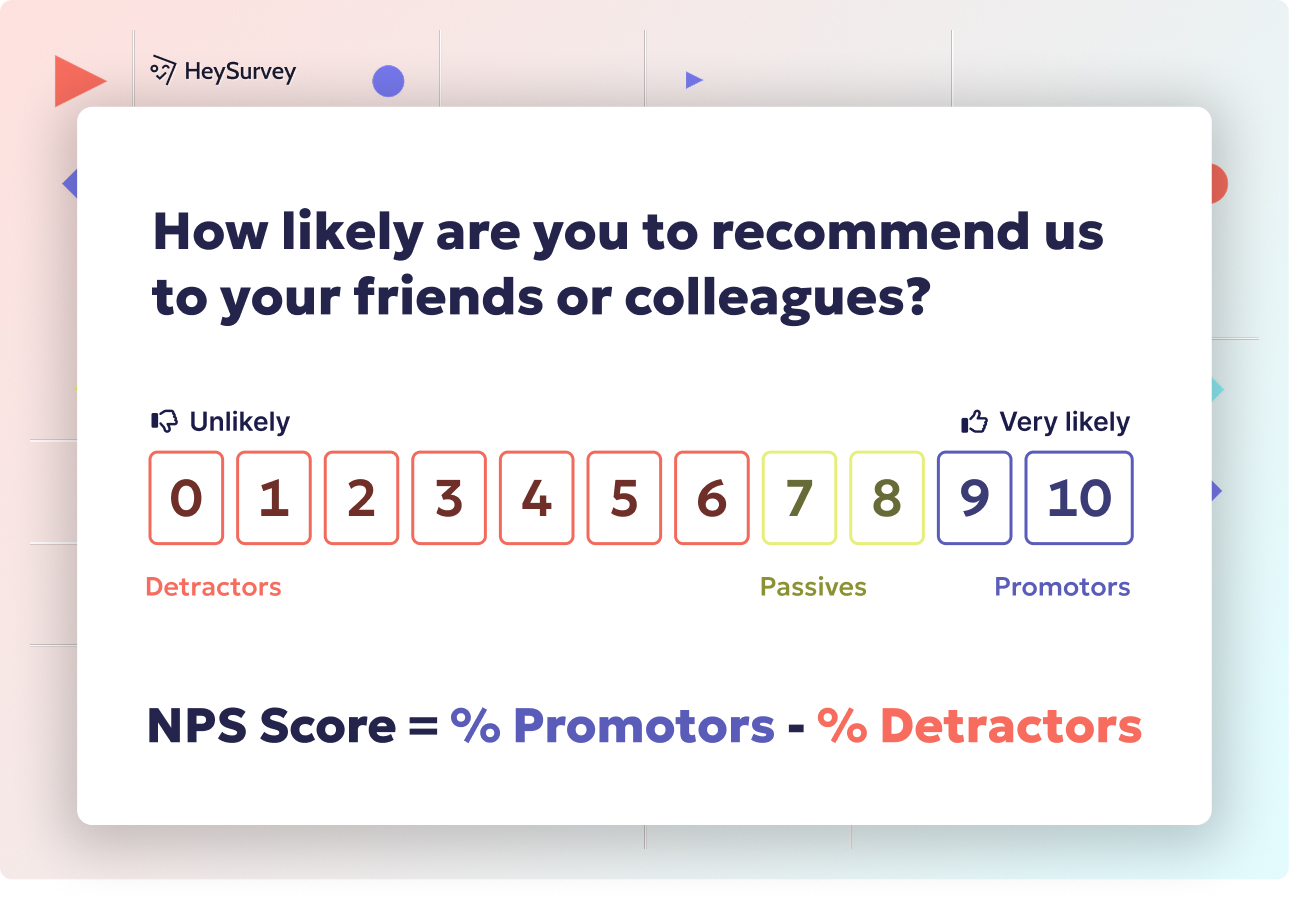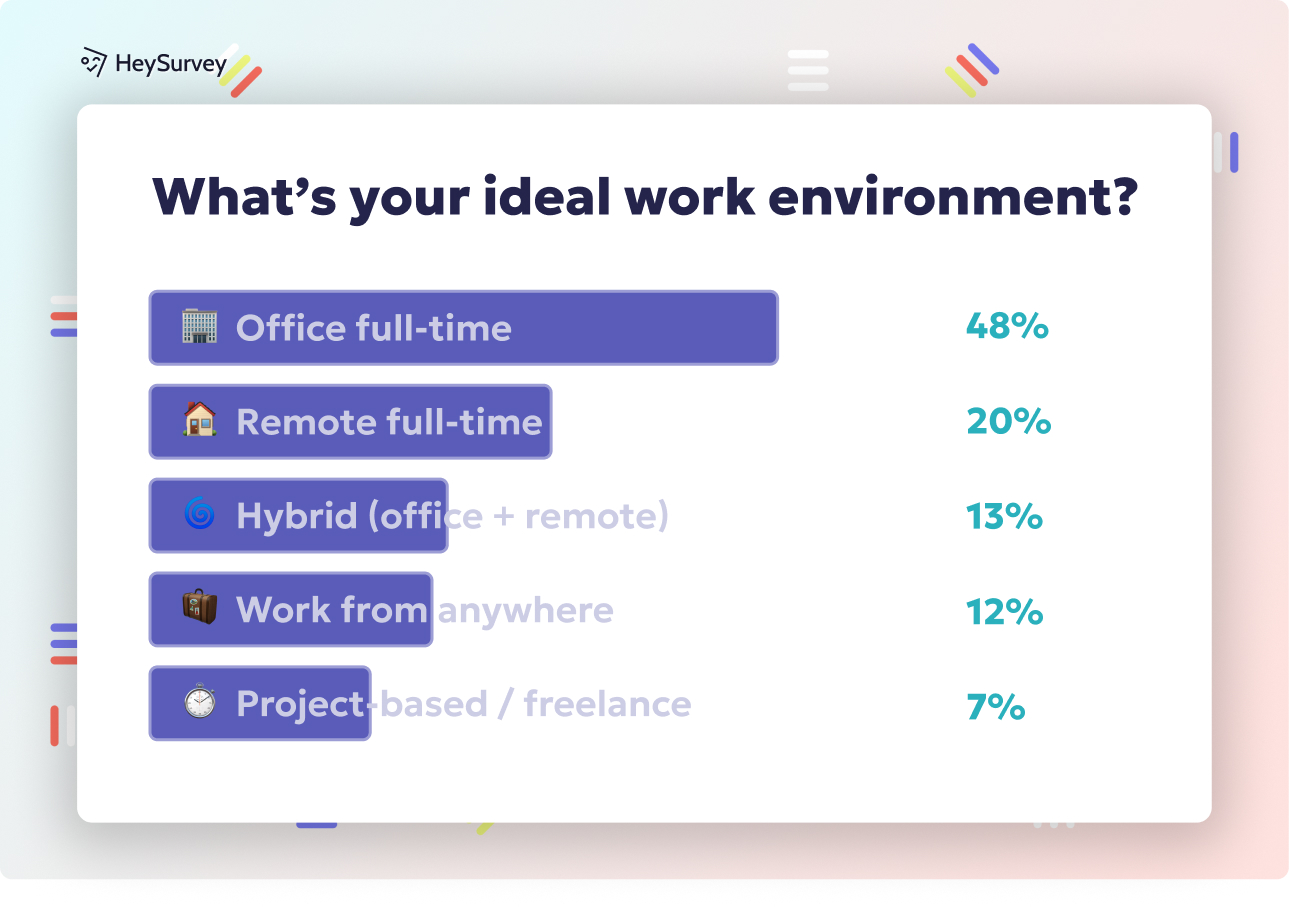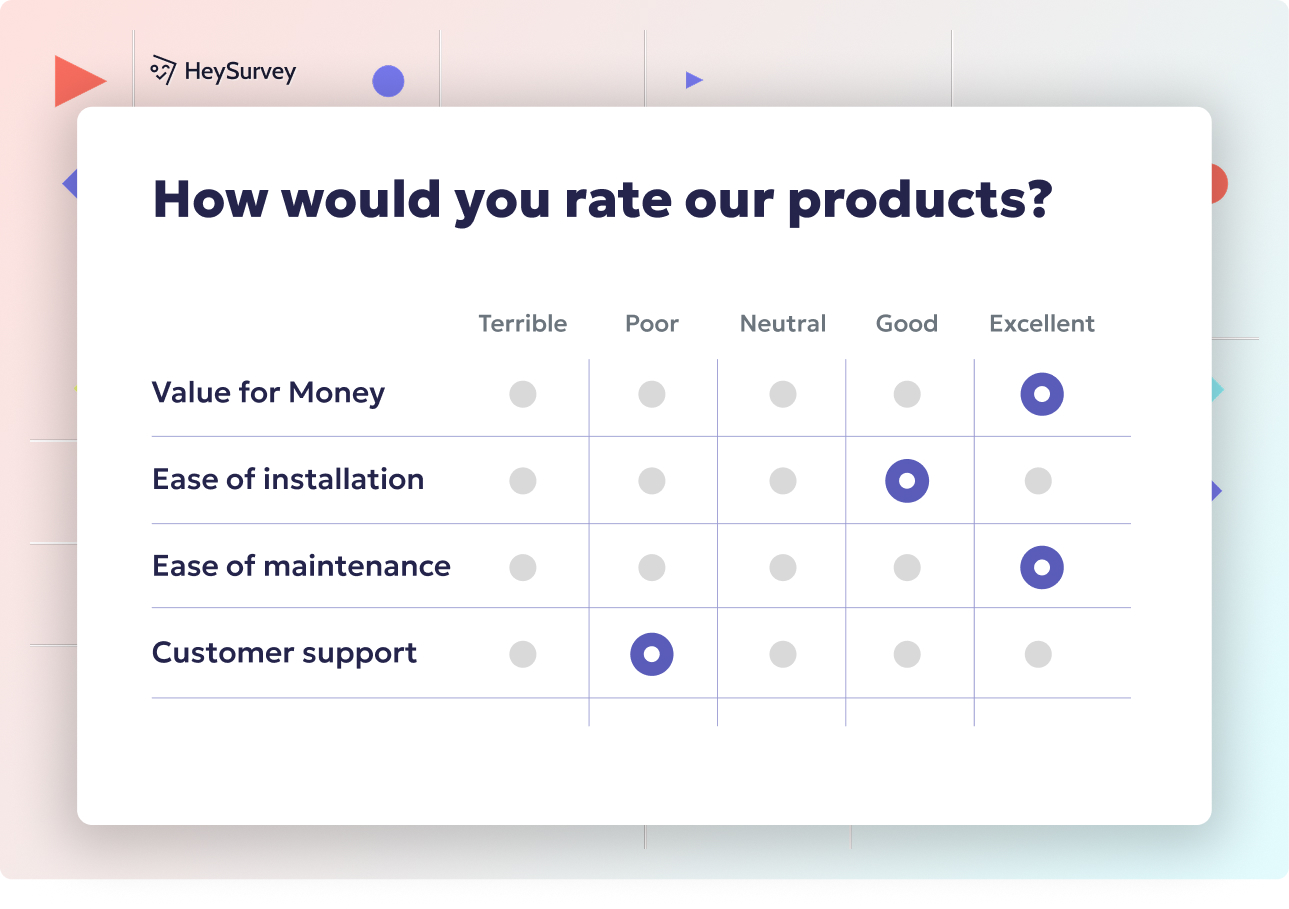29 Coaching Effectiveness Survey Questions to Measure Impact
Discover 27 coaching effectiveness survey questions designed to measure impact, improve feedback, and maximize coaching ROI across programs.
Coaching effectiveness surveys are transforming the way organizations measure coaching ROI, refine coach feedback questions, and fuel employee growth. To truly understand if coaching programs deliver results, leaders need more than gut feeling—they need structured surveys. These surveys capture perspectives from every angle: the coachee, their manager, peers, and even the coach. By asking the right questions at the right moments, you can showcase coaching impact, unlock improvement insights, and prove the value of your investment. If you want relevant data and actionable stories, it’s time to harness the power of coaching effectiveness surveys.
Introduction: Why & When Coaching Effectiveness Surveys Matter
Understanding Coaching and Its Forms
Coaching spans executive, leadership, and skills-based development. Each type of coaching unlocks unique strengths and surfaces areas for growth. Whether you’re upskilling managers, nurturing high-potentials, or future-proofing your leadership pipeline, coaching programs make a big difference when carefully evaluated.
Ideal Timing to Survey
To capture employee coaching feedback across the full coaching lifecycle, timing is essential. Most organizations survey at these milestones:
- Baseline: Before coaching begins, to identify starting points.
- Midpoint: To check progress and course-correct.
- Post-program: Immediately after coaching ends, to capture results.
- Follow-ups: Three to six months later, to measure sustained impact.
A well-timed post-session survey at each stage gives you meaningful insights and clear benchmarks.
Types of Coaching Effectiveness Surveys
To build a robust measurement strategy, combine these seven survey types:
- Self-assessment reflection by the coachee.
- Coach performance from the coachee’s lens.
- 360-degree stakeholder feedback (peers, managers, direct reports).
- Goal progress and outcome assessment.
- Fast session-based “pulse” feedback.
- Behavioral change and transfer (post-coaching).
- Organizational ROI and impact (macro results).
Smart use of these tools, like a 360 coach review, turns vague impressions into actionable improvement.
A study validated the Coaching Effectiveness Survey (CES) as a reliable tool, highlighting its effectiveness in enhancing self-efficacy and interpersonal skills. (tandfonline.com)

How to Create Your Coaching Effectiveness Survey in 3 Easy Steps with HeySurvey
Step 1: Create a New Survey
Head over to HeySurvey and start a new survey. You can either:
- Pick a pre-built template tailored for coaching surveys (perfect for beginners), or
- Choose an empty survey to build from scratch for full customization.
Give your survey a clear internal name to keep things organized. No account needed to start, but remember—you’ll need one to publish and access results!
Step 2: Add Your Questions
Click Add Question to start building your survey. You’ll find various question types perfect for coaching feedback, including:
- Likert scales for confidence or rating questions
- Multiple choice for selecting behaviors or obstacles
- Open-ended text for deeper reflections or examples
Use a mix of quantitative (scales, ratings) and qualitative (open-ended) questions to capture richer insights. You can even include images or helpful descriptions for clarity.
Step 3: Publish Your Survey
Preview your survey to see it through your respondents’ eyes. When ready, click Publish to launch your survey. HeySurvey will generate a shareable link you can send out—on email, Slack, or embed on an internal website.
An account is required to publish and collect results, so sign up if you haven’t already.
Bonus Tips to Make Your Survey Shine
- Apply Branding: Upload your company logo and customize colors and fonts in the Designer Sidebar to create a polished, professional look aligned with your brand.
- Define Settings: Set start/end dates, response limits, or a custom “Thank You” redirect URL in the Settings Panel for smooth survey management.
- Skip Into Branches: Use branching logic to create tailored paths based on answers—for example, showing follow-up questions only if certain responses are chosen.
Ready to get started? Click the button below to open a coaching effectiveness survey template and begin your data-driven coaching journey with HeySurvey!
Self-Assessment Surveys (Coachee Reflection)
Why & When to Use
Self-assessment surveys help individuals reflect on their personal journeys. These surveys encourage introspection and honest evaluation, capturing a true sense of personal growth and evolving confidence. By using these at both the start and end of a program, you reveal before-and-after changes—creating concrete evidence of improvement.
- Run a baseline survey before coaching kicks off.
- Deploy again at the program’s end to benchmark progress.
- Use open-ended prompts and scalable metrics to mix depth with data.
When a coachee tracks their own development, you build buy-in and lifelong learning habits.
Five Sample Questions
- On a scale of 1–10, how confident are you in applying the skills targeted in coaching?
- Which behaviors have you consciously changed since coaching began?
- How clear are your development goals today compared with before coaching?
- Rate your accountability for follow-through on coaching commitments.
- What obstacles still hinder your progress?
These reflective questions use a blend of Likert scales and open-ended responses to gauge real-time transformation. By asking about confidence, clarity, and accountability, you shine a light on areas that need further attention or support. Open-ended questions, such as obstacles encountered, reveal stubborn roadblocks and enable tailored action plans. Over time, analyzing self-assessment trends allows leaders to track progress and recalibrate programs for even stronger results.
Encourage respondents to benchmark themselves, not just once, but at key milestones for crystal-clear comparisons.
Engaging in self-assessment prior to receiving multi-rater feedback can lead to a 25% improvement in overall performance ratings. (psicosmart.net)
Coach Performance Surveys (Coachee → Coach Feedback)
Why & When to Use
A great coach brings out the best in others, but even seasoned professionals benefit from feedback. Coach performance surveys let coachees evaluate the coach’s expertise and session quality from their unique vantage point. This data is gold for HR, learning leaders, and coaches themselves.
- Use these surveys after 3–4 coaching sessions, when trust and rapport have developed.
- Repeat at program close to capture overall impressions.
- Rate dimensions like trust, challenge, content customization, and actionable advice.
With a robust coach evaluation form, organizations spot patterns, identify outstanding coaches, and address areas for improvement.
Five Sample Questions
- How effectively did the coach create a safe, confidential space?
- Rate the coach’s ability to challenge your assumptions.
- How actionable were the strategies provided?
- To what extent did the coach tailor discussions to your goals?
- Would you recommend this coach to a colleague? (Yes/No + Why)
Every question focuses on different facets of the coaching experience. Safety and confidentiality foster trust—one of the most critical factors for coaching success. Challenging assumptions shows whether the coach is moving the coachee out of their comfort zone. Tailoring discussions proves personalization, while actionable advice measures session practicality. The ultimate test is whether someone would recommend their coach—a real-time NPS for your coaching program.
Blending quantitative ratings and open-ended feedback gives the clearest picture, helping organizations fine-tune their coach pool, improve session design, and optimize the coaching journey.
360-Degree Stakeholder Feedback Surveys
Why & When to Use
Progress doesn’t happen in a vacuum. To measure real behavioral change, gather perspectives from stakeholders who interact daily with the coachee. The 360-degree feedback survey provides a holistic, outside-in look at development, capturing feedback from managers, direct reports, and peers.
- Send a pre-program survey to set initial benchmarks.
- Circulate a follow-up 3–6 months after coaching is complete to verify sustained change.
- Compare multi-rater feedback for a full-circle view of strengths and blind spots.
These surveys fuel rich development conversations and clarify how coaching performance shows up in daily work.
Five Sample Questions
- How consistently does the participant demonstrate improved listening skills?
- Have you noticed changes in the participant’s leadership style? Give examples.
- Rate the participant’s openness to feedback since coaching started.
- How has team morale been influenced by the participant?
- What additional support would help sustain progress?
Stakeholder questions reveal how others experience the coachee’s growth. Improved listening, visible leadership shifts, and openness to feedback speak volumes about program impact. Team morale signals ripple effects, while suggestions for continued support highlight where reinforcement is needed.
When feedback is both behaviorally specific and actionable, leaders see exactly where progress is being made and where further support is required. A 360 survey turns ambiguous change into measurable development that everyone can acknowledge—and celebrate!
Research indicates that 92% of individuals who received coaching alongside 360-degree feedback found the process effective, compared to only 34% without coaching. (tlnt.com)
Goal Progress & Outcome Surveys
Why & When to Use
Every coaching program should drive real, measurable results tied to business objectives. Goal progress and outcome surveys connect coaching activity to SMART goals and organizational KPIs, making the link between investment and impact crystal clear.
- Run at program midpoint for a reality check and to refocus efforts.
- Conduct again at the end to document finals outcomes.
- Use as a key input for talent reviews and performance evaluations.
These surveys help organizations justify spend, calibrate programs, and recognize high performers.
Five Sample Questions
- Which specific goals have been fully achieved?
- What measurable business results can be attributed to coaching?
- Rate the importance of each accomplished goal to your role.
- Identify any goals that remain off track and why.
- Estimate the percentage improvement in targeted metrics (e.g., sales, engagement).
Every question connects outcomes to actions. Concrete achievements highlight coaching’s ROI. Tying business results, like sales growth or engagement scores, links human development with bottom-line impact. If goals remain unachieved, you’ll know exactly why—and can course-correct early.
Rating the importance of each goal to the coachee’s role lets organizations weigh results in context. By estimating percentage improvements, you’re not just hearing anecdotes; you’re tracking movement in key talent metrics with hard data. Over time, outcome surveys help you build a collection of case studies that illustrate coaching’s value to skeptical stakeholders.
Session-Based Pulse Surveys
Why & When to Use
Let’s face it: nobody loves a long survey. Session-based pulse surveys keep things quick and easy, serving up real-time, bite-sized feedback after every coaching meeting. These light-touch surveys surface valuable insights—while memories are still fresh and enthusiasm is high.
- Launch after each session for instant improvement.
- Design for mobile to boost response rates.
- Use insights for immediate, session-to-session refinement.
You’ll discover what works, what doesn’t, and what to tweak before the next coaching touchpoint.
Five Sample Questions
- How valuable was today’s session (1–5)?
- What was your single biggest insight?
- How motivated do you feel to act on today’s discussion?
- Was session length appropriate?
- Suggest one topic to prioritize next time.
The focus here is on the immediacy and relevance of feedback. Clients rate value and motivation, share key insights, and flag logistical concerns like session length. A forward-looking question about next session priorities keeps things practical and responsive.
Pulse surveys help prevent survey fatigue by being super efficient, often taking less than two minutes to complete. Frequent, real-time feedback enables rapid iteration—meaning the very next session can leapfrog in effectiveness. For coaches, pulse data is a cheat code to sharpen content and build deeper relevance, session by session.
Behavioral Change & Transfer Surveys (Post-Coaching)
Why & When to Use
Behavioral change is the holy grail of coaching. But how do you know if new habits are sticking? Behavioral change and transfer surveys, sent post-coaching, test whether those powerful new techniques are lasting and making an impact at work.
- Distribute 60–90 days after the program wraps up.
- Ask about frequency, routine, and lasting effects on performance.
- Explore challenges and requests for further support.
These surveys let you know if coaching is “wearing off” or still driving new behaviors in the workplace.
Five Sample Questions
- How frequently do you apply the techniques learned?
- Which new habits have become routine?
- What barriers have resurfaced?
- How has your manager supported sustained change?
- What additional reinforcement do you need?
Here, the focus is on sustainability. Are new behaviors a regular part of work? Which habits have transformed into second nature, and which are still fragile? By surfacing barriers, you catch relapse risks early and can re-engage as needed.
Questions about manager support weave in the broader team context, emphasizing that lasting change rarely happens in isolation. Finally, asking what additional support is needed can drive targeted interventions, making sure your investment lands for the long haul.
Over time, tracking behavioral surveys not only proves the value of coaching but helps organizations refine their strategies for even more sticky skill transfer.
Organizational ROI & Impact Surveys
Why & When to Use
Beyond individual and team development, coaching should drive high-level business outcomes. Organizational ROI and impact surveys take a step back, connecting coaching to top-line metrics like retention, promotions, and engagement scores.
- Use after major coaching rollouts or in annual talent reviews.
- Link to company-wide KPIs for the big picture payoff.
- Target leaders, HR, and business sponsors for input.
These surveys build the business case for coaching and shape future investments.
Five Sample Questions
- What impact has coaching had on team performance metrics?
- Estimate cost savings or revenue gains tied to coached leaders.
- Has coaching influenced your intent to stay with the company?
- How aligned is coaching with company strategy?
- Would you expand coaching to other departments?
By spotlighting organization-level benefits, you demonstrate coaching’s value as a strategic lever. Whether the focus is on sales increases, turnover reduction, or employee engagement, these questions connect people development with business growth.
Understanding whether coaching influences retention or strategic alignment can help you expand, tweak, or sunset programs as needs evolve. If a coaching program is boosting revenue or saving costs, those numbers grab executive attention and drive scale.
ROI surveys underscore the link between individual transformation and organizational success, making them a non-negotiable for senior leadership buy-in.
Best Practices, Dos & Don’ts for Coaching Effectiveness Surveys
Dos
- Anchor every question to clear objectives. Only ask what matters.
- Ensure surveys are confidential or anonymous to support honesty.
- Blend quant and qual: mix ratings with open-ended prompts for deeper insights.
- Use simple language and concise statements.
- Analyze results and share back top-line findings to boost engagement and trust.
- Test surveys on a small group first, then refine for clarity and length.
- Plan follow-ups based on responses so action replaces inertia.
Don’ts
- Don’t use jargon or leading language that nudges respondents in a specific direction.
- Don’t ignore feedback, especially open-ended comments and requests for change.
- Avoid survey overload, which leads to low engagement and poor data quality.
- Don’t forget to close the loop: always share what you did with the results.
- Don’t make surveys too long; keep them under 10 questions where possible.
Tips for Survey Cadence and Storytelling
- Optimal cadence: Match survey type to key milestones—pre, midpoint, post, and follow-up.
- Ideal length: 5–10 questions for reflection, 2–5 for pulse surveys.
- Data storytelling: Translate data into compelling visual summaries and case studies.
- Prevent survey fatigue: Rotate question types, use mobile-friendly tools, keep things fresh.
Mastering these survey best practices, dos and don’ts ensures high-quality data and actionable coaching insights—delivered without overwhelming your audience or burning out respondents.
Conclusion
Using the right coaching effectiveness survey at the right time makes all the difference in proving impact and fueling growth. Try these survey types, track progress, and share your data stories with stakeholders. The right questions unlock real results. For more insights, explore our guides on leadership development metrics and employee engagement surveys to keep your programs thriving.
Related Training Survey Surveys

31 Professional Development Evaluation Survey Questions Guide
Discover 40+ professional development evaluations survey questions with 8 types of surveys to boo...

25 Knowledge Survey Questions Examples for Effective Testing
Explore 25+ knowledge survey questions examples across 7 types, with tips on crafting high-impact...

32 Coaching Survey Questions: Types, Uses & Examples
Explore 25+ coaching survey questions across key types to boost coaching impact, measure success,...

